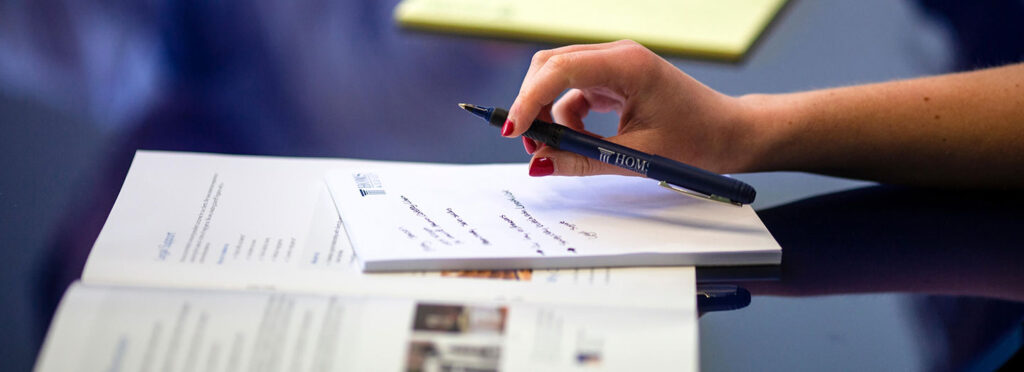When we send our children off to school, their safety is often top of mind. From fun sports days to playground antics, these moments of joy can sometimes take an unfortunate turn. Take the case of a schoolboy injured during a sports week inflatable bungee run, where an unforeseen accident resulted in a settlement of €25,000 (source). Such incidents remind us of the importance of care, vigilance, and understanding legal recourse when accidents involve children.
If you’re a concerned parent, learning how to approach situations where your child may have been injured due to negligence or oversight could be crucial. This guide answers all the questions parents often have about child injury claims and explains how to protect your child’s best interests.
Are Schools Responsible for my Child’s Safety at Events?
Yes, schools have a duty of care to ensure all children’s safety when they are participating in events held under their supervision. This means everything, from the equipment used to the level of adult supervision, must meet safety regulations to minimise potential risks.
However, as seen in cases like the Tallaght boy’s arm injury (source), accidents are not always preventable. When injury happens due to negligence, parents have every right to explore their legal options.
Common School Accident Scenarios
Parents often bring claims following accidents caused by:
- Poorly maintained equipment (e.g., faulty harnesses or unsafe inflatables).
- Lack of supervision, leading to mishaps between children.
- Unsafe school premises, including wet floors, improperly marked hazards, or even over-crowded spaces.
Ensuring accountability is vital—not just for seeking compensation but also for encouraging schools to maintain higher safety standards.
What Happens When a School Accident Turns Serious?
Every parent knows the gut-wrenching fear when their child’s injury requires medical attention. It’s vital to document the events leading up to the accident and seek immediate care.
Take Kiel Kavanagh’s case, for instance. During a seemingly innocent sports day activity, a harness catapulted and tragically hooked into his arm. The results of such an extreme incident can include physical harm and emotional distress for the child. Legal recourse helped ensure fair compensation for the event’s consequences.
Steps to Take After a Child’s Injury at School
Here’s what to do if your child has experienced a school-related injury:
- Seek Medical Treatment
Always prioritise your child’s health by getting prompt medical care. Keep records of all treatments, diagnoses, and associated medical costs.
- Notify the School Immediately
Ensure the incident is reported, documented, and filed with the school administration. You may later need their records if pursuing a claim.
- Gather Evidence
Take photos of the injury, the site where it happened, and anything that may have contributed to it (e.g., faulty equipment).
- Contact a Legal Expert
Child injury claims can get complex. A specialised solicitor is your best ally when navigating the claim process.
Understanding Child Injury Claims
Child injury claims are designed to safeguard the best interests of children injured due to negligence. Parents or guardians, referred to as a “next friend” in such cases, step forward to act on behalf of the injured child.
Key Factors in a Child Injury Case
- Time Limits
While most personal injury claims in Ireland must be filed within two years, the clock for minors doesn’t start ticking until their 18th birthday. This means a claim can be made until the child turns 20.
- Court-Approved Settlements
Any proposed settlement must go through court approval to ensure the amount compensates fairly for the child’s injuries. A judge evaluates the offer, medical reports, and arguments presented by legal representatives before reaching a decision.
- Compensation Use
Approved settlement amounts are usually held in court funds until the child turns 18 unless there is an exceptional situation requiring early withdrawal.
How to Make a Claim if Your Child is Injured at School
Pursuing a child injury claim can be a daunting task for any parent. However, knowing the process simplifies the steps you need to take to ensure your child’s well-being isn’t compromised:
- Engage a Qualified Solicitor
Choose a solicitor with proven child injury case experience. Services like HOMS Assist specialise in such cases, ensuring parents never feel unsupported during legal proceedings.
- Determine the Cause
Establishing negligence is critical to your case. Your solicitor will work with specialists to piece together the facts surrounding the injury.
- Document Everything
Build your case by keeping track of all communications, school reports, expenses incurred, and any indications of negligence. A well-documented case stands a higher chance of success.
- Undergo Settlement Approval in Court
Once an offer arrives, the court evaluates the claim to determine its merit based on the severity of the injury and the long-term impact on the child.
The Role of Legal Advisors in Child Injury Claims
Bringing a legal case on behalf of a minor isn’t straightforward—but that’s precisely why experienced professionals exist to guide parents. Firms like HOMS Assist not only help families prepare for settlement discussions but also safeguard your child’s emotional and financial well-being post-trial.
Their extensive experience in child accident claims ensures:
- Clear advice tailored to your case’s unique circumstances.
- Handling of all complex paperwork and negotiations.
- Full transparency about settlement outcomes and next steps.
Final Thoughts: Can We Ensure Safer Events for Children?
Incidents like the inflatable bungee run injury remind us of the importance of rigorous safety checks and proactive supervision. As parents, it’s crucial to stay alert and responsive, create conversations around safety measures, and hold authorities accountable where negligence occurs.
If your child has been injured at school, remember that expert help is readily available to help you ensure justice is served. Reach out to HOMS Assist to discuss your case with compassionate professionals who understand what you and your family are going through.









